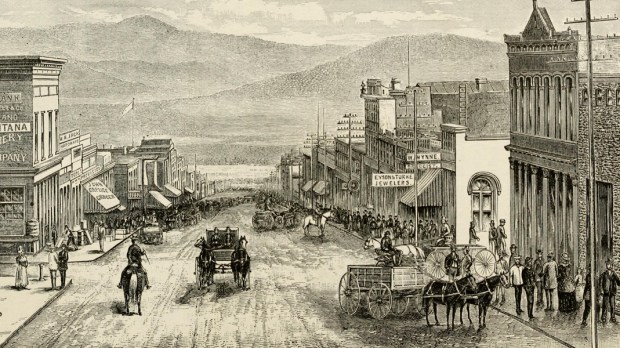This is an account of the historic connections between slavery, lynching, and Missouri’s “death row” along the Missouri River.
The Missouri River runs across Missouri parallel, more or less, to Interstate 70. Highway and river intersect in many places as both amble across the state through the band of 13 or 17 connected counties (depending on how tourist guides count them) called Little Dixie. Little Dixie begins in the west at Kansas City and ends in the east at St. Louis.
It is along this stretch of the Missouri River that early settlers from the Upper South (Kentucky, Tennessee, and Virginia) came to make Missouri their home. Attracted by cheap land offered in the Land Act of 1820, they brought their social customs and agricultural skills, and they brought their slaves. Missouri joined the Union as a slave state in 1821.
Missouri held 114,900 slaves in 1860. They accounted for less than 10 percent of the state’s total population. But the highest concentrations of slaves were found in Little Dixie. All were double digit percentages, some a quarter or a third of the population.
Little Dixie had a disproportionate number of post-Civil War racially-motivated lynchings between 1877 and 1950. Many of the victims are known by name. Some are recorded only as “Unknown Negro.” Missouri itself had the second highest number of lynchings outside the Deep South, 60 of record. Half of all lynchings occurred in the band of counties called Little Dixie.
One can readily see a rough if not direct correlation between high African-American populations and the number of post-Civil War lynchings committed against blacks.
We are never quite rid of our histories, even as they hide from our immediate awareness. History shadows us, forms us in ways we do not recognize, dodging between the “then” to the “now.”
This is the “now.” Little Dixie’s disproportionate number of slaves, and equally disproportionate numbers of lynchings, finds correlation with the disproportionate number of death sentences handed out by Missouri courts. A report puts it succinctly: “… lynching reinforced a narrative of racial difference and a legacy of racial inequality that is readily apparent in our criminal justice system today.” More pungently, an acquaintance calls the Missouri River corridor “death row.”
Along with disproportionate death penalty sentences, Little Dixie has also produced the highest number of Missouri exonerees; persons sentenced to death who later had their convictions overturned. The number is four, as I count them; all African-American and all from Little Dixie.
The reasons they were convicted are also the reasons for their exonerations. None had adequate legal representation. Court-appointed defense attorneys are required to have five years criminal defense experience; that doesn’t always happen. Additionally, prosecutors committed misfeasance or deliberate misconduct in suppressing or withholding exculpatory evidence from the defense. In the absence of physical evidence, prosecutors suborned (no other description I can think of) testimony, or relied on jail house snitches. Cases against black men were argued before all white juries. One of those juries spent 45 minutes in deliberation before returning a conviction and then rendering a death sentence, as the prosecutor wanted.
I attended a presentation by two of the latest Missouri death penalty exonerees. Sponsored by Missourians for Alternatives to the Death Penalty, the program was simply two guys telling their stories: Reggie Griffin , who was released in 2013 after 24 years on death row, and Joseph Amrine, released in 2003 after 17 years on death row.
Both were initially serving time for other offenses. Both were accused of prison yard murders. Neither was confronted with physical evidence. The prosecutions relied on inmates as witnesses. In both cases, the prosecutors withheld evidence. Neither man, remarkably, expressed bitterness. Amrine once was four days from scheduled execution when a stay was granted. Either one of the men could be a featured interview by itself. There is not one exonerated death row inmate who could not relate nearly the same story.
Prosecutorial or police error (rarely are there consequences for either) or both is a clear factor in each of the four Missouri exonerations and in others, whether of capital cases or not. Misconduct in the legal system undermines our respect for the law, subverts justice, and most egregiously, it means with absolute statistical certainty, innocent men have been executed in the past and likely will be in the future.
Nationally, as of 2017, 161 death-row inmates have been exonerated in the United States. They were pardoned, acquitted, or had charges dismissed. They collectively spent an average 11 years on death row before exoneration.
We rely on what is called proximate justice. Our justice system tries to do real justice, but we have no true way of getting there. Christians know there is a better Judge who will judge perfectly. Meanwhile, here, proximate justice means saying, we need justice, but only some justice is the best we can do. Sometimes, even that isn’t the best.
The risk of one innocent man being executed argues for the abolition of the death penalty, a limitation on justice that is, at best, merely proximate.

